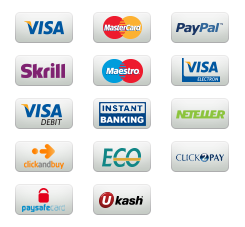Business Intelligence
Obtaining relevant data about practical and applicable decision-making processes can be a daunting endeavor for healthcare organizations. Many types of textual content, such as articles, surveys, social media posts, and internet forums can be analyzed and lead to a range of possible outcomes. Researchers often use social media data to track social trends and attitudes.
The healthcare industry applies textual analytics to social media to understand complex issues, such as customer/patient care expectations, the use of third-party vendors, and patient experiences. According to Delen, Sharda, and Turban (2023), “This changing nature of data is forcing organizations to make text and Web analytics a critical part of their business intelligence/analytics infrastructure” (p.247). It is important to understand data mining, and its ability to aid organizations in positive decision-making processes, should benefit customers/patients. Data mining can lead to reduced patient risks, improved treatment effectiveness, and improved patient and community relationships.
Describe information extraction, topic tracking, summarization, categorization, clustering, concept linking, and question answering as they relate to text mining.
Explain why text mining is gaining popularity in the healthcare delivery system.
Define two popular applications of text mining in the healthcare delivery system, why are they popular and when are they applied.
Explain two popular application areas for sentimental analysis in the healthcare industry
Sample Answer
Text mining, a powerful analytical technique, is becoming indispensable in healthcare by transforming unstructured textual data into actionable insights. It allows organizations to extract valuable information from vast amounts of text, aiding in better decision-making, reducing risks, and enhancing patient experiences.
Text Mining Techniques Explained
Text mining involves several key techniques to extract meaningful information from textual data:
- Information Extraction: This process identifies and extracts structured data from unstructured text. It involves recognizing entities (like patient names, drug names, medical conditions), relationships between these entities (e.g., “Drug X treats Condition Y”), and specific facts. For example, extracting all mentions of “hypertension” and “medication adherence” from a patient’s electronic health record (EHR note).

 Our orders are delivered strictly on time without delay
Our orders are delivered strictly on time without delay  Our orders are delivered strictly on time without delay
Our orders are delivered strictly on time without delay 


